And like those three series, King of Fighters would get
stagnant if it didn’t have a shift in focus to make things interesting.
Yu Yu Hakusho had the Dark Tournament, in which focus
shifted to the fights and the plot became a tournament structure with many things happening behind the scenes.
Bleach had the Soul Society, in which Ichigo and his friends
entered an entirely new, unfamiliar world with several new key characters.
Yu-Gi-Oh had both Battle
City , where the rules drastically
changed, and the Millennium World, which, in
addition to the setting of ancient Egypt , featured very little
card-playing.
In the case of The King of Fighters, focus was shifted to sci-fi
element instead of the previous saga’s mystical elements. That was the beginning of the NESTS
Chronicles in 1999.
Notice that the opening says the game is the fifth episode,
officially acknowledging that King of Fighters ‘98 isn’t canon. That means in the storyline there hasn’t been a King of
Fighters tournament since ’97. After the
whole human-destroying god debacle, it’s not hard to see why funding was
pulled.
But in 1999, the tournament comes up once again, and this
time participants enter in teams of four.
Three team members fight, while the remainder acts as a striker, who can
enter the fight for a few seconds to perform an attack.
Mysteriously, the event this year is largely a private affair, and each of the fighting venues are places where the Ikari Warriors have failed a mission in the past, prompting them to investigate once again.
Mysteriously, the event this year is largely a private affair, and each of the fighting venues are places where the Ikari Warriors have failed a mission in the past, prompting them to investigate once again.
The participants in the '99 tournament are a healthy mix of both old and
new.
Since '97, Kyo & Iori have both gone missing, and Goro
has gone home to be a family man (something that’s explained in a Japanese-only
portable KOF game).
That leaves Benimaru in need of a team, but thanks to the mysterious
benefactor running the tournament, he gets one in the form of Shingo Yabuki and two more
fighters supplied by the benefactor: the large cyborg man Maxima, and flame-shooting K’ (pronounced
“K-dash”, for some reason).
Benimaru is pretty dang trusting considering he lets two teammates
from an unknown organization join his team.
They could be spies, saboteurs, or even assassins for all he knows, and I wouldn’t immediately trust a guy with a gun
built into his arm who analyzes everyone he meets with a built-in scouter. I guess Benimaru is naive like that.
K’ and Maxima take the spotlight as the heroes of the NESTS
Chronicles, and they’re both strong enough characters to carry it. Maxima is a great character, somewhere in my list of top 10 King
of Fighters characters. He’s always serious about completing missions, but usually is a very friendly, laid-back, caring guy. His nice
guy status doesn’t go as far as to let people walk all over him, of course. SNK said he was designed to be an older
character, I suppose to balance out all the young ones all over the place, and
if that was their intention, then it worked. He's much more rational than a lot of the other fighters.
K’, on the other hand, is not so friendly. He’s constantly annoyed by everything around him, including the KOF tournaments he keeps getting dragged into, but when he has to fight, he tries to keep calm and cool in battle, putting on and taking off his sunglasses and standing like he’s falling asleep. I swear he’s showing off.
K’, on the other hand, is not so friendly. He’s constantly annoyed by everything around him, including the KOF tournaments he keeps getting dragged into, but when he has to fight, he tries to keep calm and cool in battle, putting on and taking off his sunglasses and standing like he’s falling asleep. I swear he’s showing off.
K’ has control over his own flames he shoots out of his
right hand, a power given to him by the evil organization NESTS by infusing him with Kyo's DNA. However, he can’t control it
without wearing a special red plated glove on his right hand. Without it, the flame simply burns out of
control. Imagine the pain he feels, being unable to shake hands, high-five, brofist, or play any video games
other than the Kinect.
I like the way K’ fights and the way he plays off of other
characters, but I don’t like K’ himself as much.
He’s kind of a jerk, which leans him more toward being an
anti-hero. He has a good sense of right and
wrong, which is a redeeming trait, but righting the wrong is something he’d
rather not do.
With the four-member team rule in place, other teams needed their own stand-ins and extras.
Mai joins the Fatal Fury team, and Yuri goes back to the Art
of Fighting team, as does her dad, Takuma.
With Chizuru leaving the series for a while after KOF 97, the gaps in the Women's team are filled by Kasumi Todoh (from ’96),
Blue Mary (who cut herself off from the Geese's men), and Fatal Fury character
Li Xiangfei.
She’s a very minor character with little establishment, but
I always liked Li's playfulness, energy, and cheer. It shows how SNK strives to cover all the
bases when it comes to making characters.
Other team slots are filled with a young woman transferred from another platoon named Whip
for the Ikari Warrior’s team, little shotaro boy Bao for the Psycho Soldiers,
and Kim’s rival Jhun Hoon for the Korean team.
I should point out that the character of Whip, in addition
to her namesake, uses a f%^#ing desert
eagle! Are there no regulations on
firearms? I guess it doesn’t matter if
there are, because she only ever points it at
the ground! The fights could be over
if she just shot her enemies at the word go! Even though she doesn’t, her
whip gives her all the range she needs anyway.
 |
| She uses her whip instead of punching most of the time. |
There are also two teamless clones of Kyo Kusanagi you can play as. They have no place in the story and only
exist to give players the option to play with the Kyo Kusanagi move set from
KOF ’94 & ’95, and the one from ‘96 & ‘97.
Moveset changes are not something new to King of Fighters,
and a strong number were made for the new saga.
Blue Mary controls very differently from ’98, Robert had his special
move commands changed, and (most notably) Kensou lost his psychic powers after
Bao joined. Other characters had new super special moves added or outright changed. Benimaru, for example, now has a super move in which he strikes his opponent with afterimages of himself, a far cry from his close-range super moves.
When I mentioned big changes at the end of my '98 post,
I was not using the words lightly.
This shift may understandably have turned some people off, but
the fighting system and many of the characters we all know and love are still present, just with a few alterations (as per usual).
In addition to some altered move sets, there's the obvious gimmick of the strikers mentioned
earlier. By pressing the strong punch
and weak kick button at the same time, and at the cost of a gradually-regenerating striker stock, you summon whoever you chose as the striker to do one attack and
then leave. Most of the time though,
their attacks require the enemy to be close, and if they aren’t, the striker
will only taunt and leave without doing anything other than annoying the enemy (the lazy jerks). Strikers also
can be hit to end their attacks prematurely, and against some attacks, act as a
human shield, so using them strategically is important.
Strikers add a fun, if experimental, layer to an already great combat system. Some characters don't work that well as strikers, but when they're used right, they can lead to some great moments. There's something satisfying about hitting an opponent with your strongest move while Benimaru, Shingo, or Maxima are holding them in place with a grab attack. That's teamwork.
Strikers add a fun, if experimental, layer to an already great combat system. Some characters don't work that well as strikers, but when they're used right, they can lead to some great moments. There's something satisfying about hitting an opponent with your strongest move while Benimaru, Shingo, or Maxima are holding them in place with a grab attack. That's teamwork.
 |
| The computer rarely uses them though. |
The special move system also underwent changes. There are no longer any
choices of play style like in ’97 & ’98, and relationships aren’t a factor
anymore. You still build up to 3 stocks
like in the previous game’s advance mode, but those stocks do not carry over.
Instead of two play styles, there are two super modes.
Your special move gauge stocks can be used for two different
super modes, each at the cost of two super stocks. After their effects wear off, you can’t use
your gauge for a few seconds.
By pressing the two weak attack buttons and strong punch
button at the same time, you enter counter mode, in which your attacks do more
damage and you can use a stronger version of your super move. It’s the same super mode as in the last game’s
advance mode, for the most part.
By pressing the weak kick button and two strong attack buttons
at the same time, you activate armor mode, in which you take less damage and
don’t stagger when hit.
Personally, I rarely use either of the super modes. I prefer to use those stocks for special
attacks.
 |
| Moby Games? That ain't no striker I've ever heard of. |
Finally, on a more minor note, is the way character order in KOF 99 is selected and how the continue bonuses are done. Starting with KOF '99, players no longer choose their team order with the control stick, and instead use buttons and hide the order so the opponent can't see. As stated in the '98 post, the continue bonuses were also no longer a roulette, but instead a choice between three options or none at all.
Once again, King of Fighters mixed their fighting game up just enough; enough for people who have played the previous games to quickly adjust, at least. The striker system, new characters, and four-man team system was a great way to give the NESTS Chronicles an identity of its own, and using the strikers allows for many more possibilities. It could be seen as little more than a gimmick, but the striker system is still another feature to play with and adds depth. It’s a shame one of the most useful mechanics got borked.
Once again, King of Fighters mixed their fighting game up just enough; enough for people who have played the previous games to quickly adjust, at least. The striker system, new characters, and four-man team system was a great way to give the NESTS Chronicles an identity of its own, and using the strikers allows for many more possibilities. It could be seen as little more than a gimmick, but the striker system is still another feature to play with and adds depth. It’s a shame one of the most useful mechanics got borked.
In the previous two games, you could evasively roll away
from and toward the opponent to both dodge and adjust the distance between the
fighters. In KOF ’99, rolling away from
the opponent causes the character to immediately jump back slightly in front of
where they started rolling from, defeating
the purpose of having it in the first place! It terribly hampers what is otherwise a
strong fighting system, and was promptly put back the way it was in every game
to follow. In KOF ’99, rolling away is
almost never a good idea.
 |
| Rolled backwards, then jumped right back into the fire. |
On the presentation side of things, the technological advancement shows off '99’s stronger points with what I think is the best in-game character artwork
in the series until King of Fighters 11.
It hardly looks like pixel artwork as much as it does something somebody
hand-drew entirely. King of Fighters 98
looked almost as good, but I thought it was hampered by some questionable
victory art.
 |
| I'm like motherf*$#ing Indiana Jones! |
And the soundtrack kicks ass. You should expect nothing less.
The excellent music and character designs both combine at
the end of the game to form one of my favorite, yet most infuriating, final bosses in the
franchise. See just why that is here.
King of Fighters ‘98 was a pretty tough act to follow, but
by introducing new elements and characters, as well as kicking off the new
storyline, King of Fighters 99 kept it fresh, and with great presentation and combat, it stands up with the best of them.
It's actually one of my favorites because it fills a certain niche the games before it didn't. KOF 97 had a good story, but few character music, and KOF 98 had character music, but no story, while KOF 99 has the best of both.
It’s another worthy entry in the franchise, and well worth any gamer’s time.
It's actually one of my favorites because it fills a certain niche the games before it didn't. KOF 97 had a good story, but few character music, and KOF 98 had character music, but no story, while KOF 99 has the best of both.
It’s another worthy entry in the franchise, and well worth any gamer’s time.
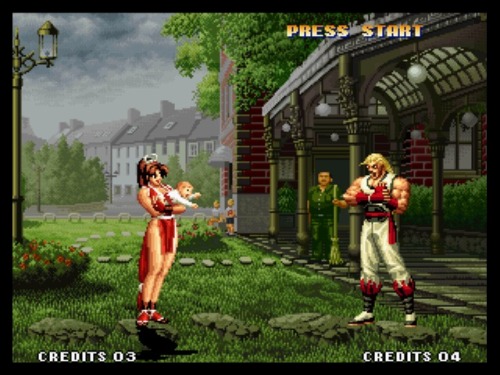 |
| Though there aren't as many as in '98, special intros return. |
The PS1 version of King of Fighters 99 is available on the
Play Station Network, and a more arcade-accurate port is on the Wii's Virtual Console. Both have upsides and downsides.
The PS1 version has to load before every match, before every
cutscene, before every round, and at one point, before a loading screen! The
loading times aren’t long enough to be a deal-breaker, but they hurt the flow
of the game’s matches. The PS1 version
also does not let you use the control stick for some baffling reason,
so you have to make those circular movements on the control pad and get
blisters all over your thumbs.
 |
| I suppose it does kind of add anticipation. |
On the plus side, the PS1 version uses the arranged
soundtrack and has several menu options, like the standard selectable
difficulty and color edit modes, in which you can customize the colors of
character sprites.
The best thing the PS1 version has going for it is the art gallery and end-game art. The art gallery shows off various concept art pieces, special illustrations, and alternate sprites, displaying ideas that didn’t make it into the final product.
End-game art is displayed after beating the game with a specific set of characters in the PS1 version. They’re wonderful to look at, vary in style, and were not in the original arcade version. The PS1 version is great for fans that have an adoration of the series’ artwork, if nothing else.
The best thing the PS1 version has going for it is the art gallery and end-game art. The art gallery shows off various concept art pieces, special illustrations, and alternate sprites, displaying ideas that didn’t make it into the final product.
End-game art is displayed after beating the game with a specific set of characters in the PS1 version. They’re wonderful to look at, vary in style, and were not in the original arcade version. The PS1 version is great for fans that have an adoration of the series’ artwork, if nothing else.
The Wiiware version has standard modes and options like selectable difficulty and single play. It also takes out hit flashes (the screen flashing white to emphasize damage), apparently because of some kind of fear Nintendo has of causing seizures.
You'll have to get one of these digital versions, because they're the only way you’re going to play the game short of owning a Dreamcast and spending an unreasonable amount of money for that version (which has many enhancements of its own).
With the new storyline underway, SNK moved on in the year 2000, which was almost their last.
You'll have to get one of these digital versions, because they're the only way you’re going to play the game short of owning a Dreamcast and spending an unreasonable amount of money for that version (which has many enhancements of its own).
With the new storyline underway, SNK moved on in the year 2000, which was almost their last.
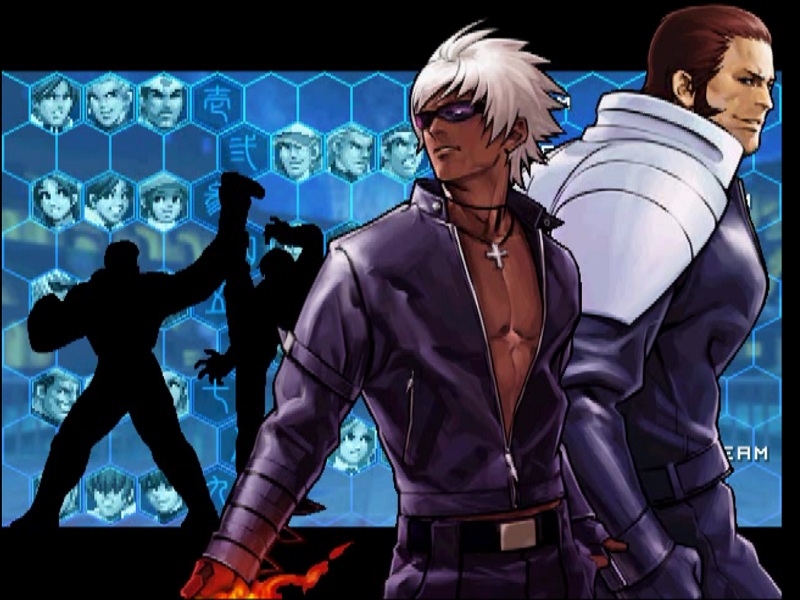

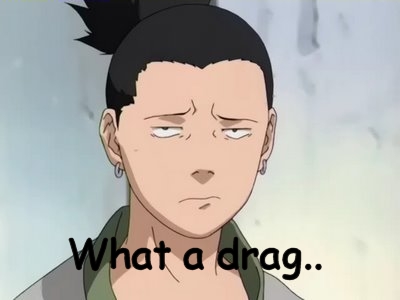
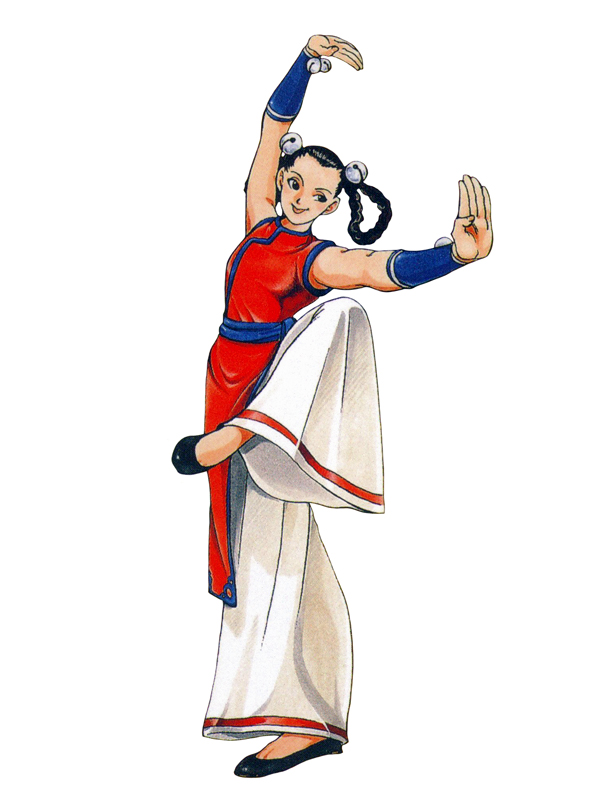
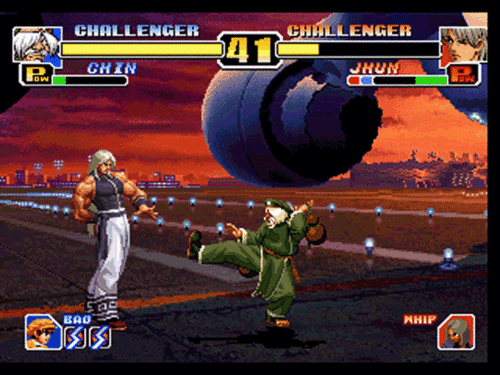

Good write up as always.
ReplyDelete